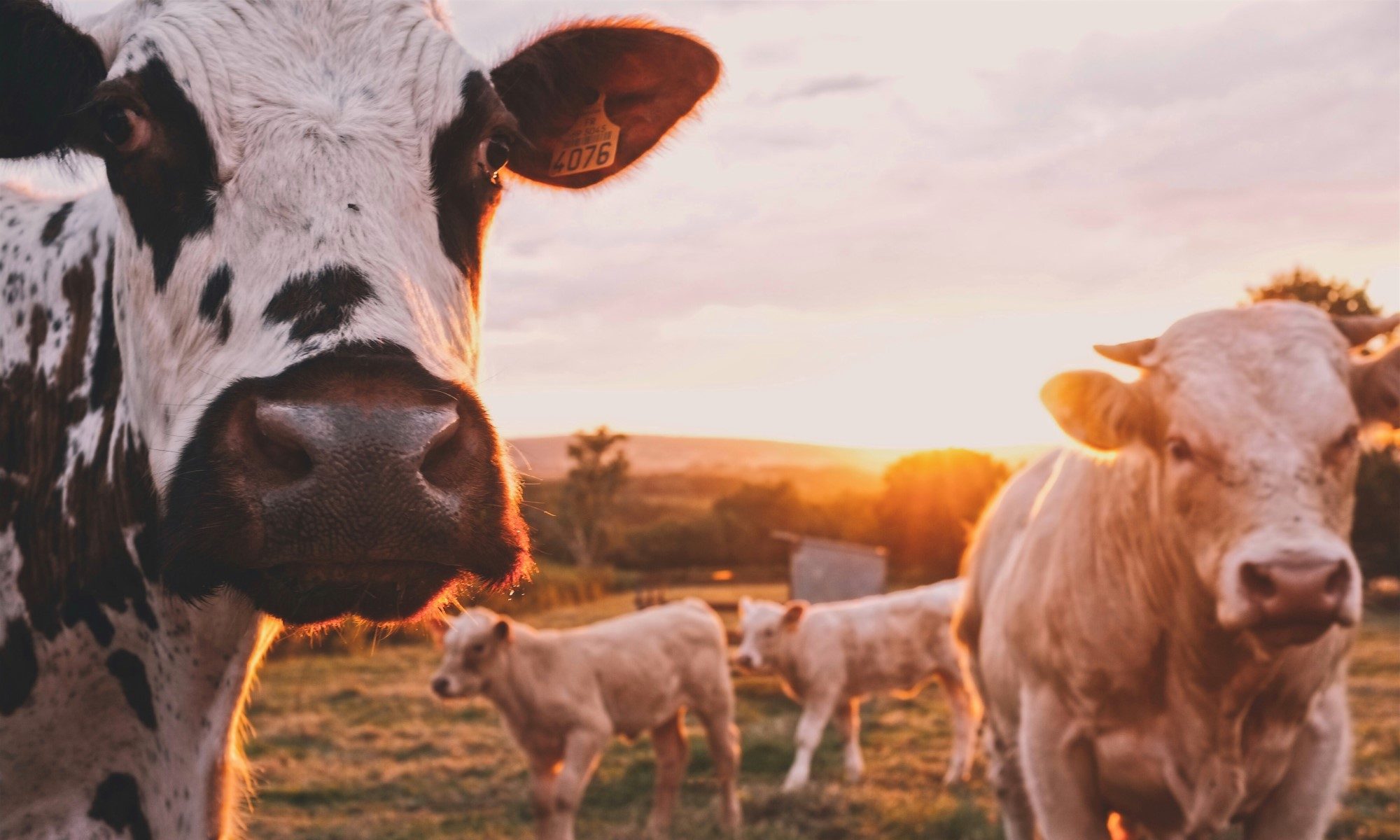Development in technology has made every task a little bit easier. It brings series of innovations that have influenced various types of industries in the world. Along with all these developments, he irrigation industry has drastically improved. In fact, most of its manufacturers have creatively made unique and sophisticated planers and boxes that could satisfy vast numbers of customers around the world. Transplanters
Planters with a self watering reservoir are among the finest gardening products that become on demand in the current market these days. More than that, such innovative irrigation practices has added thrill and excitement to various garden enthusiasts. Likewise, busy gardeners will finally be able to focus on their chores without worrying much on regular watering and up keeping of their plants and flowers. Nowadays, watering planter has been cleverly designed with self-watering reservoir system that provides a perfect amount of irrigation to your plants. It delivers a normal amount of water that keeps it from being drowned or over watered. Transplanter Parts
Indeed, with self watering boxes and flower containers, anyone would be able to set up a beautiful garden in some few minutes and watch these plants grow on their own. Moreover, each of these planters has been made of solid and durable materials that could stand the threat of deterioration or damages. Likewise, it has been creatively made by skilled and professional workers who have produced and manufactured high-quality planters to different parts of the world. Most prominent commercial establishments such as hotels, spas and restaurants have their plant watering system. Such types of planters in irrigation have become popular for its versatility and flexibility. With its presence, various people who have loved the idea of nurturing their garden will finally have a good time in managing their schedules well. Each planter has a built-in reservoir with functional channels that are usually found at the base of the boxes or containers. Transplanter Supply
This would eventually allow the moisture to move upward so that the plants will be able to absorb it and will be provided with the right amount of irrigation. Refilling the reservoir twice a week would make your plants grow healthy and stout throughout the year. Watering planter comes in a wide variety of sizes, styles, shapes and shades that could please large numbers of customers. It has been made with elegant customized features that add a touch of sophistication and functionality. The variations of its patterns and deigns would complement well with any landscaping plans. Transplanter Services
